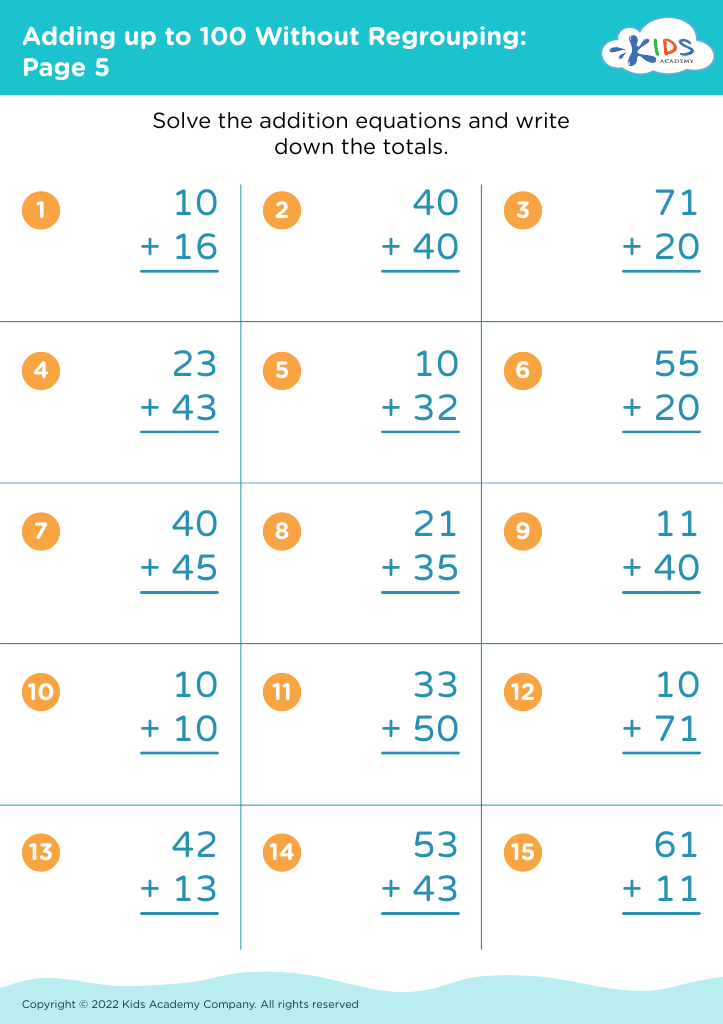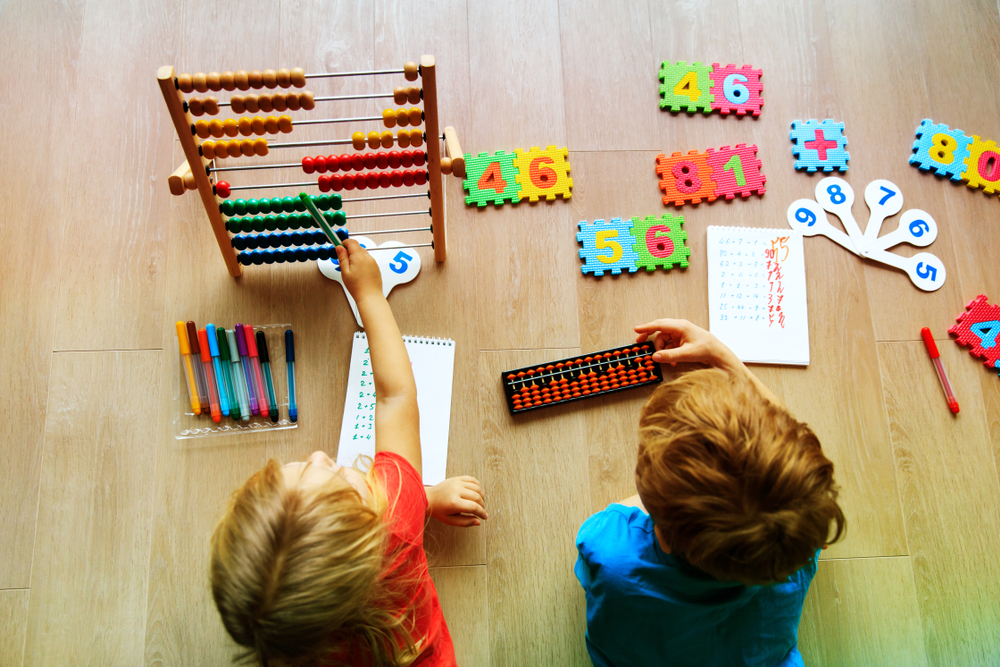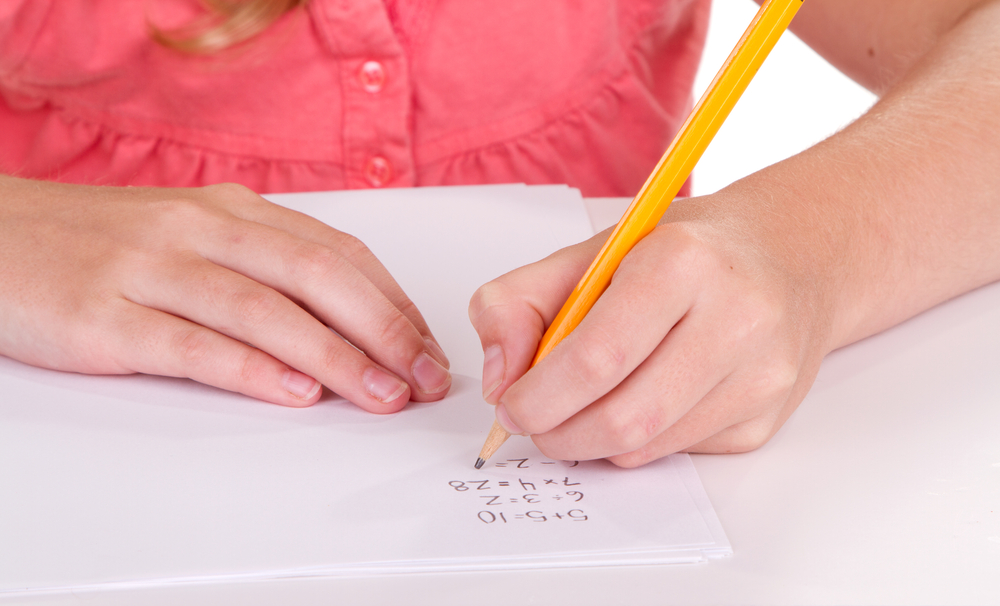Improving numerical literacy Worksheets for Kids
1 filtered results
-
From - To
Question/Answer
What does the Improving numerical literacy skill mean when it comes to Grade 2 Adding up to 100 Without Regrouping learning?
Improving numerical literacy skill in the context of Grade 2 Adding up to 100 Without Regrouping means enhancing a student's ability to understand, interpret, and work with numbers up to 100.
What are some effective activities to train students’ Improving numerical literacy skill when teaching them about Adding up to 100 Without Regrouping?
Effective activities for training students in improving numerical literacy when teaching adding up to 100 without regrouping include using manipulatives (like base-ten blocks and counters), interactive games that reinforce place value concepts, number line exercises for visual learners, and engaging in practical real-life scenarios such as shopping simulations.
How to test a Grade 2 student’s Improving numerical literacy skills?
To test a Grade 2 student’s improving numerical literacy skills, use a variety of methods including practical problem-solving exercises, simple arithmetic tests (addition, subtraction, basic multiplication, and division), asking them to explain their reasoning, using visual aids like number lines or counting blocks, and incorporating real-life scenarios that require them to apply math concepts.





.jpg)







